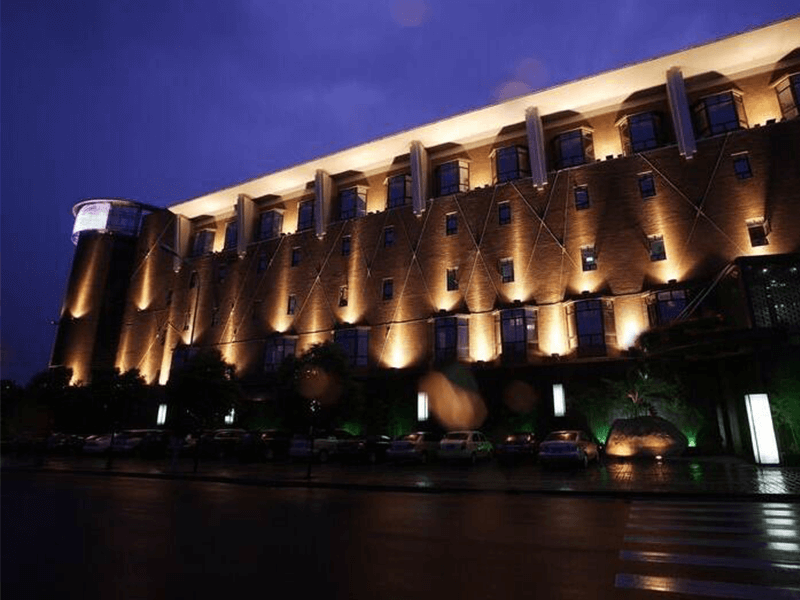A. Definition and Basic Features
Recessed downlights, commonly called can lights or pot lights, are lighting fixtures installed into hollow openings in the ceiling. Once installed, they appear as a light shining from a hole in the roof, directing the light downward in a narrow beam. The essential features of recessed downlights include trim, the visible part of the light, and the housing, the fixture that hides within the ceiling and contains the lamp or bulb.
Recessed downlights have modernized lighting aesthetics by replacing outdated lamps with stylish designs. Today’s recessed LED downlights feature an ultra-slim profile that matches the thickness of drywall, allowing for straightforward installation.
B. Advantages and Disadvantages
The primary advantages of recessed downlights are their sleek and modern appearance, space conservation, and versatile design compatibility. They do not intrude into the living space and can work well with various ceiling heights and layouts.
Disadvantages may include a complex installation process requiring a professional’s services, potential insulation issues, and precise placement to achieve optimal lighting effects.
C. Ideal Spaces for Recessed Downlights
These fixtures are ideal for use in areas where a clean, streamlined look is desired. They are frequently utilized in kitchens, bathrooms, corridors, and living rooms – areas that require concentrated task lighting and a comfortable general glow.
Recessed downlights can accentuate artworks, bookshelves, or architectural features and provide layered lighting solutions.
D. Comparison with Surface-Mounted Downlights
While recessed downlights are integrated into the ceiling for a flush finish, surface-mounted downlights are fixed on the surface of the ceiling. This fundamental difference affects not only the aesthetics of the two but also factors like installation ease, space requirement, and maintenance accessibility.
The comparative analysis highlights disparities in design adaptability, installation suitability, spatial implications, maintenance considerations, and the ability to retrofit into existing spaces.
E. Compatibility with Different Ceiling Types
Recessed downlights are compatible with most ceiling types, including drop ceilings, plaster, and drywall. When selecting the appropriate housing, factors such as ceiling depth and material must be considered. New construction housings are designed for ceilings accessible from above, whereas remodeled housings are suitable for existing ceilings. Special insulation-compatible housings with substantial insulation are available for ceilings to prevent fire hazards and maintain energy efficiency.
